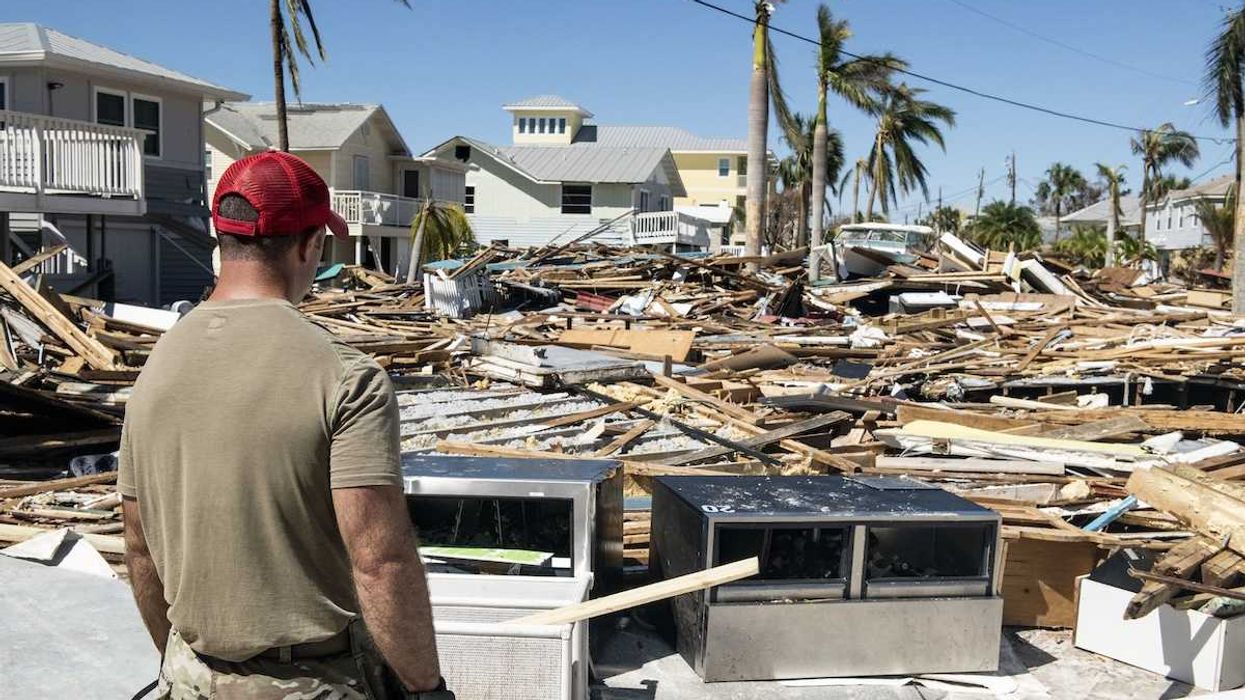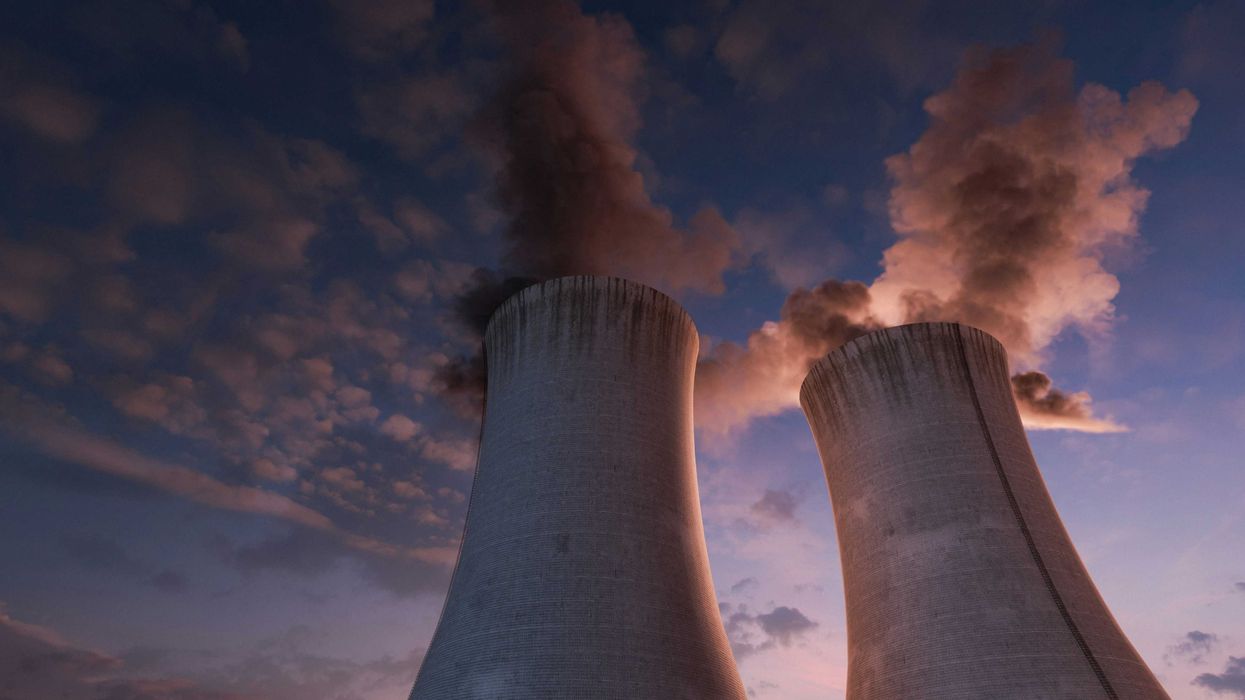The Great Salt Lake emitted 4.1 million tons of greenhouse gases in 2020, contributing significantly to Utah’s emissions, researchers report.
Joshua Partlow reports for The Washington Post.
In short:
- The Great Salt Lake's dried bed emitted 4.1 million tons of CO2 and other gases in 2020.
- Human activities and climate change have exacerbated the lake's decline.
- Emissions from dried lakes are not currently included in official carbon inventories.
Key quote:
"This is the first time we’re saying, ‘This is something that’s on us.’"
— Soren Brothers, climate change curator, Royal Ontario Museum
Why this matters:
The drying of lakes, driven by human actions and climate change, releases significant greenhouse gases, which are currently unaccounted for in national carbon inventories. This oversight means that actual emissions might be higher than reported, impacting climate policy and mitigation efforts.














